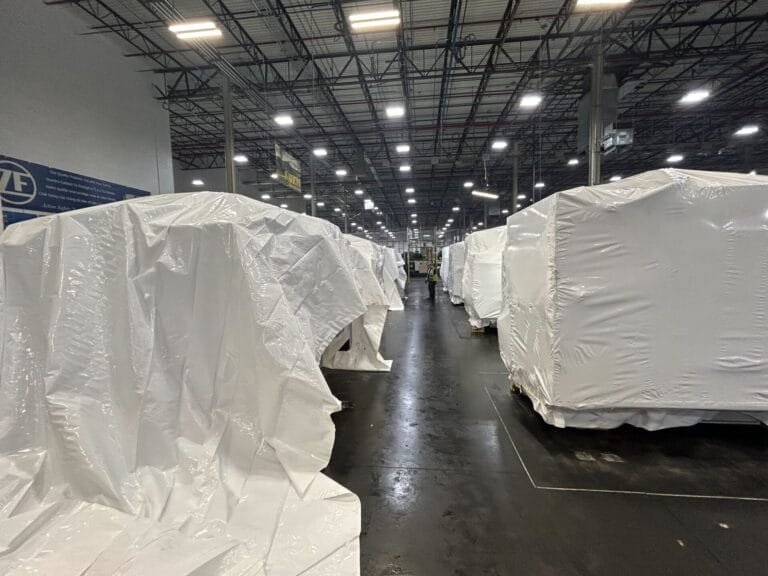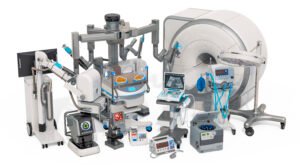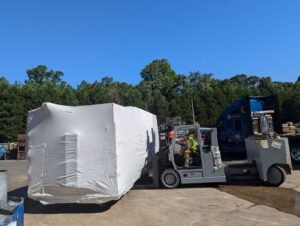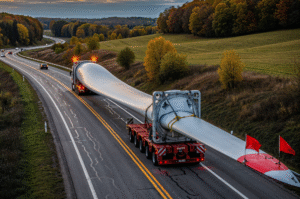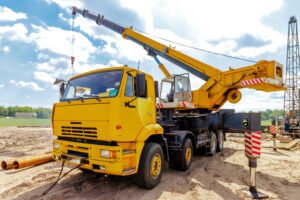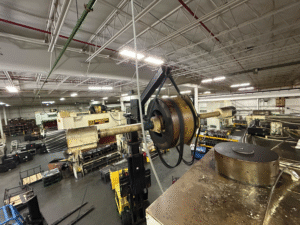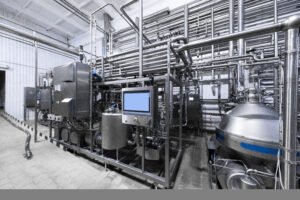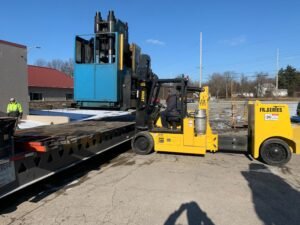The transportation and storage of valuable items, heavy machinery, fragile goods, and sensitive equipment come with significant challenges. From unexpected impacts to weather conditions, the risks associated with damage during transit or storage can lead to substantial financial losses and operational delays. Custom crating solutions provide an effective and reliable way to mitigate these risks, ensuring that goods arrive at their destination in pristine condition. This article explores how custom crating solutions reduce damage risks, offering insights into their design, benefits, and applications across various industries.
Understanding Custom Crating Solutions
Custom crating solutions involve the design and fabrication of crates tailored to the specific dimensions, weight, and fragility of the item being transported. Unlike standard packaging, custom crates are engineered to provide superior protection for unique and high-value goods. These solutions take into account the item’s physical characteristics, handling requirements, and the anticipated stresses during transit.
Key Features of Custom Crates
- Tailored Fit: Custom crates are designed to snugly accommodate the item, minimizing movement inside the crate.
- Shock Absorption: Many custom crates include cushioning materials or shock-absorbing elements to reduce the impact of vibrations and jolts.
- Weather Resistance: High-quality materials are often used to protect items from moisture, heat, and other environmental factors.
- Ease of Handling: Crates are engineered with features like forklift slots, handles, or removable panels for easier loading and unloading.
- Durability: They are constructed from robust materials such as wood, plywood, or high-strength composites to withstand external pressures.
How Custom Crating Reduces Damage Risks
Custom crating solutions address the unique challenges of transporting sensitive and heavy items. Below are the primary ways these solutions reduce damage risks:
1. Precise Fit Minimizes Movement
Standard packaging often leaves space between the item and the container, increasing the likelihood of movement during transit. Custom crates eliminate this issue by creating a snug fit that secures the item in place. This is particularly important for fragile and irregularly shaped items.
2. Enhanced Impact Protection
Items can experience shocks and vibrations during transportation. Custom crates are designed to mitigate these forces by incorporating shock-absorbing materials like foam inserts or rubber mounts. These materials distribute the impact evenly, protecting delicate components from damage.
3. Protection Against Environmental Factors
Humidity, temperature fluctuations, and water exposure can cause irreversible damage to sensitive equipment and goods. Custom crates often include weather-resistant seals, coatings, or moisture barriers to safeguard items against environmental risks.
4. Increased Structural Integrity
Heavy machinery and oversized goods require sturdy packaging to prevent damage from external forces. Custom crates are built to handle the weight and dimensions of specific items, providing the necessary structural support.
5. Secure Handling and Stacking
Custom crates are engineered for safe handling and efficient stacking during transport. Features like reinforced edges and handles make it easier for workers to manage the crates without the risk of dropping or mishandling them.
6. Compliance with Shipping Regulations
Many industries have specific regulations for the transportation of goods, especially internationally. Custom crating solutions ensure compliance with these regulations, reducing the risk of delays, fines, or improper handling during transit.
Applications of Custom Crating Solutions
Custom crating is essential in various industries, including:
1. Manufacturing and Heavy Equipment
Industrial machinery and equipment require robust protection during transit. Custom crates accommodate the weight, size, and delicate components of heavy equipment, ensuring safe delivery to project sites or warehouses.
2. Electronics and Technology
Electronics are highly sensitive to shocks, vibrations, and environmental changes. Custom crating solutions provide adequate cushioning and climate control features to protect items like servers, medical devices, and laboratory equipment.
3. Artwork and Antiques
Fine art, sculptures, and antiques often have irregular shapes and are highly fragile. Custom crates are tailored to the item’s dimensions, ensuring maximum protection during transportation or storage.
4. Aerospace and Defense
The aerospace and defense industries rely on custom crating for the safe transport of critical components, such as aircraft parts and sensitive instruments. These crates meet stringent safety and compliance requirements.
5. E-commerce and Logistics
For businesses shipping high-value or fragile items, custom crating solutions offer peace of mind by reducing the risk of damage and enhancing customer satisfaction.
Benefits of Custom Crating Solutions
Custom crating provides several advantages beyond damage prevention:
- Cost Savings: Preventing damage during transit reduces replacement and repair costs.
- Brand Reputation: Reliable delivery of intact goods enhances customer trust and satisfaction.
- Operational Efficiency: Custom crates simplify the loading and unloading process, saving time and reducing labor costs.
- Eco-Friendly Options: Many custom crates are designed to be reusable or recyclable, promoting sustainable practices.
- Compliance and Risk Mitigation: Adherence to shipping standards minimizes legal risks and ensures smooth transit.
The Process of Creating Custom Crates
Custom crating involves several steps to ensure the perfect fit and maximum protection for the item:
- Assessment: The item’s weight, dimensions, and fragility are analyzed.
- Design: A crate is designed to accommodate the item’s specific requirements, including protective features like foam inserts or braces.
- Material Selection: High-quality materials are chosen based on the item’s needs, such as plywood, plastic, or composite materials.
- Fabrication: The crate is built using advanced tools and techniques to ensure durability and precision.
- Testing: Crates are often tested to confirm their ability to withstand the stresses of transit.
Future of Custom Crating Solutions
Advancements in materials and technology continue to enhance custom crating solutions. Innovations such as smart packaging, IoT-enabled tracking, and biodegradable materials are transforming the industry, providing even greater protection and sustainability.
Alltracon: The Biggest Custom Crating Service Provider in Ohio and the United States
Alltracon is the leading provider of custom crating solutions in Ohio and across the United States. With years of expertise, cutting-edge technology, and a customer-first approach, Alltracon ensures that every crating solution meets the highest standards of safety and precision.
